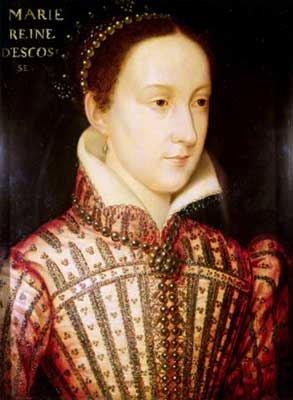1542 – Birth Of Mary Queen Of Scots
Born on 8 December 1542, Mary’s life was complicated from the first week when her father, James V, died and made her Queen when she was six days old.
With James Hamilton, 2nd Earl of Arran, as Governor, Scotland was achieving closer ties with England. Queen Mary was betrothed, in 1543, to Edward, the six-year-old son and heir of Henry VIII. Edward was the male heir Henry had re-married for, and Mary’s Roman Catholic, pro-French guardians stepped in to have the marriage plans cancelled. Enraged, Henry invaded Scotland with a number of attacks over three years which came to be known as ‘the Rough Wooing’.
The English occupied south-eastern Scotland after the 1547 Battle of Pinkie, and in return for French support in expelling them, Mary moved to Catholic France. Mary and the fourteen-year-old Dauphin, Francis, married in April 1558. He became King of France the following year, but then died at the end of 1560.
Catherine de Medici took control of France and Mary found herself no longer welcome.
Scotland had been reforming during this time, and was questioning Papal and French obligations. In England, Elizabeth had become Queen in November 1558. Again Roman Catholics rejected the status bestowed on the children from Henry’s many marriages, which meant Mary, the English throne’s heir presumptive, should be their Queen.
Mary returned at Leith on 19 August 1561 and, upon advice, officially recognised the reformed church. On 29 July 1565, despite offers from England and across the Continent, Mary married Henry Stewart, Lord Darnley, who stood after her in line to the English throne.
The marriage brought indignation from all directions, including an attempted rebellion by the many enemies of the Darnley family.
The marriage was a disaster anyway.
Mary’s French secretary and intimate friend, David Rizzio, was murdered by Darnley and a band of Protestant lords in front of the Queen, who was six months pregnant with James VI, on 9 March 1566. Mary had become fond of James Hepburn, Earl of Bothwell, when, on 10 February 1567, Darnley was himself murdered. The ‘Casket Letters’ were used as evidence to implicate the Queen in Darnley’s death, though these were rejected. Bothwell was the prime suspect but a show trial cleared him. Then, scandalously, on the 24 April, Mary and Bothwell staged her own abduction, Bothwell divorced his wife, then Mary married him in a Protestant service on 15 May. Outraged nobles imprisoned Mary in Loch Leven Castle and compelled her to abdicate on the 24 July 1567.
She escaped on 2 May 1568, lost the Battle of Langside on 13 May as she tried to reach Dumbarton Castle, and ended up in England seeking Elizabeth’s protection by 17 May. Mary was detained in England until a decision could be made regarding her restoration, though the decision would never come.
Many plots were hatched by her supporters within England, while in Scotland she was presented as a challenger to her son, James VI, until 1573. For nearly twenty years Elizabeth rejected repeated calls by her advisors to execute Mary. Following Babington’s assassination plot, however, Mary’s involvement could not be excused.
On 18 February 1587, at Fotheringay, Mary’s neck was put across the block, where the executioner had to strike twice to remove her head.
She is buried at Westminster Abbey.
Blog Posts about Mary, Queen Of Scots
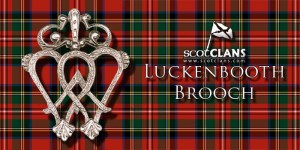
The Luckenbooth Brooch!
Read More
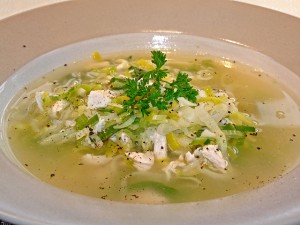
Scots Christmas Fare
Read More
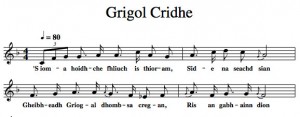
Griogal Cridhe – Beloved Gregor
Read More
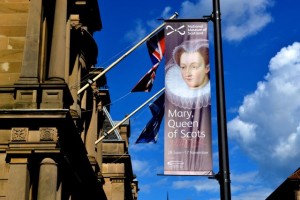
Mary, Queen of Scots Returns to Edinburgh
Read More
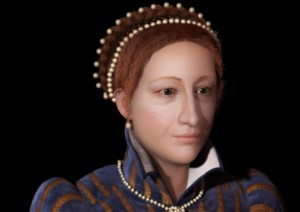
University Brings Mary, Queen of Scots Back to Life
Read More
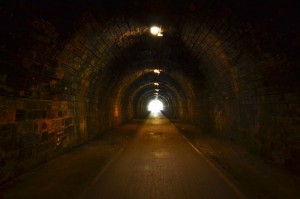
Cycling on a Sunny Afternoon
Read More
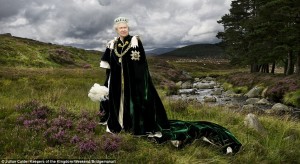
Queen Marks Anniversary in Scottish Style
Read More
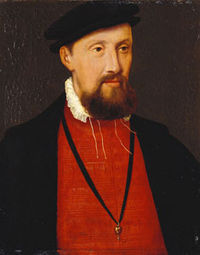
Clan Douglas and The Battle of Ancrum Moor
Read More
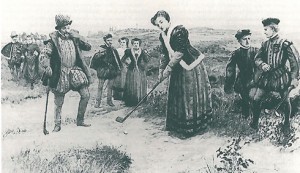
Mary Queen of Scots and Pierre de Boscosel
Read More
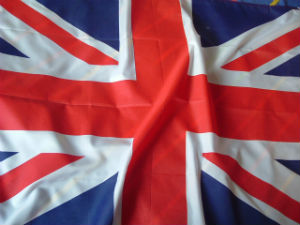
The Union Jack
Read More






